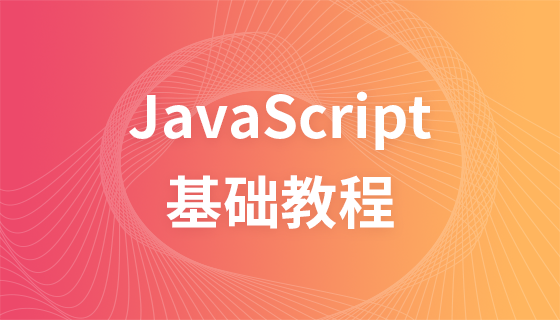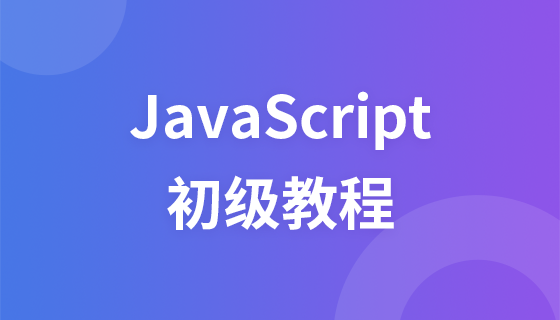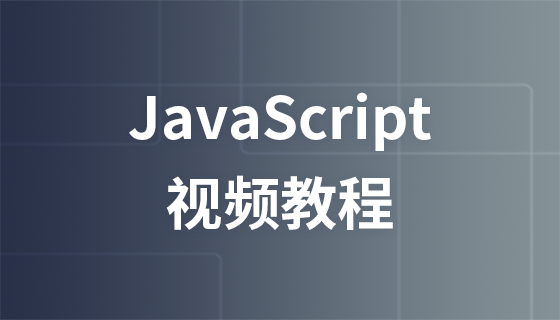JavaScript function calls
JavaScript function call
There are 4 ways to call JavaScript functions.
The difference between each method lies in the initialization of this.
this Keyword
Generally speaking, in Javascript, this points to the current object when the function is executed.
#Note that this is a reserved keyword, you cannot modify the value of this.
Calling JavaScript functions
In the previous chapters we have learned how to create functions.
The code in the function is executed after the function is called.
<!DOCTYPE html>
<html>
<head>
<meta charset="utf-8">
</head>
<body>
<p>
全局函數(shù) (myFunction) 返回參數(shù)參數(shù)相乘的結(jié)果:
</p>
<p id="demo"></p>
<script>
function myFunction(a, b) {
return a * b;
}
document.getElementById("demo").innerHTML = myFunction(10, 2);
</script>
</body>
</html>The above functions do not belong to any object. But in JavaScript it is always the default global object.
The default global object in HTML is the HTML page itself, so the function belongs to the HTML page.
The page object in the browser is the browser window (window object). The above functions will automatically become functions of the window object.
myFunction() and window.myFunction() are the same:
<!DOCTYPE html>
<html>
<head>
<meta charset="utf-8">
</head>
<body>
<p>全局函數(shù) myFunction() 會自動成為 window 對象的方法。</p>
<p>myFunction() 類似于 window.myFunction()。</p>
<p id="demo"></p>
<script>
function myFunction(a, b) {
return a * b;
}
document.getElementById("demo").innerHTML = window.myFunction(10, 2);
</script>
</body>
</html>This is a common way to call JavaScript functions, but it is not a good programming practice
Global variables, methods or functions Bugs that easily cause naming conflicts.
Global object
When the function is not called by its own object, the value of this will become the global object.
In web browsers, the global object is the browser window (window object).
The value of this returned by this instance is the window object:
<!DOCTYPE html>
<html>
<head>
<meta charset="utf-8">
</head>
<body>
<p>在 HTML 中 <b>this</b> 的值, 在全局函數(shù)是一個 window 對象。</p>
<p id="demo"></p>
<script>
function myFunction() {
return this;
}
document.getElementById("demo").innerHTML = myFunction();
</script>
</body>
</html>When the function is called as a global object, the value of this will become a global object.
Using the window object as a variable can easily cause the program to crash.
Function calls as methods
In JavaScript you can define functions as methods of objects.
fullName method is a function. Functions belong to objects. myObject is the owner of the function.
This object holds JavaScript code. The value of this in the instance is the myObject object.
Use the constructor to call the function
If the new keyword is used before the function call, the constructor is called.
This looks like a new function is created, but in fact JavaScript functions are recreated objects:
<!DOCTYPE html>
<html>
<head>
<meta charset="utf-8">
</head>
<body>
<p>該實例中, myFunction 是函數(shù)構(gòu)造函數(shù):</p>
<p id="demo"></p>
<script>
function myFunction(arg1, arg2) {
this.firstName = arg1;
this.lastName = arg2;
}
var x = new myFunction("John","Doe")
document.getElementById("demo").innerHTML = x.firstName;
</script>
</body>
</html>The call to the constructor creates a new object. The new object inherits the constructor's properties and methods.
#The this keyword in the constructor has no value.
The value of this is created when the object (new object) is instantiated when the function is called.
Calling a function as a function method
In JavaScript, functions are objects. A JavaScript function has its properties and methods.
call() and apply() are predefined function methods. Two methods can be used to call functions, and the first parameter of both methods must be the object itself.
Example
function myFunction(a, b) {
return a * b;
}
myFunction.call(myObject, 10, 2); // 返回 20Example
function myFunction(a, b) {
return a * b;
}
myArray = [10,2];
myFunction.apply(myObject, myArray); // 返回 20Both methods use the object itself as the first parameter. The difference between the two lies in the second parameter: apply passes in a parameter array, that is, multiple parameters are combined into an array and passed in, while call is passed in as the parameter of call (starting from the second parameter).
In JavaScript strict mode (strict mode), the first parameter will become the value of this when calling the function, even if the parameter is not an object.
In JavaScript non-strict mode (non-strict mode), if the value of the first parameter is null or undefined, it will use the global object instead.
With the call() or apply() method you can set the value of this and call it as a new method on an existing object.














